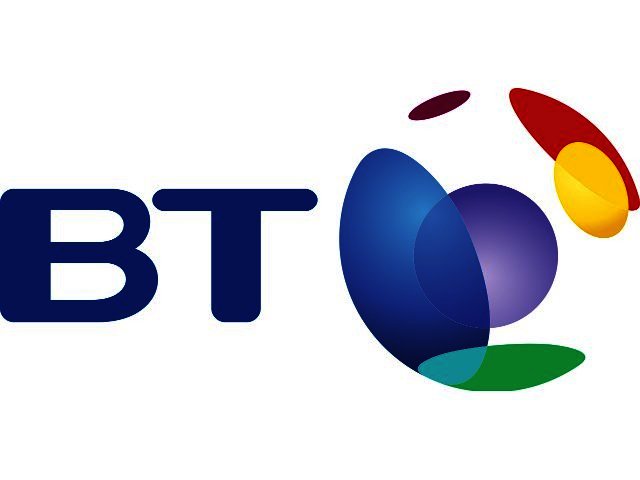Powering digital transformation in the energy sector
By Industry Contributor 24 August 2022 | Categories: feature articles
Eyad Shihabi, director of natural resources and utilities at BT
The global energy sector is experiencing a significant transition. Many energy and natural resource organisations are navigating a shift towards diverse renewable energy sources, setting out aggressive strategies for net zero and forging new paths to recruiting and protecting their workforce. This has resulted in Energy 4.0 emerging as the most direct route to achieving these goals.
Forward-thinking energy leaders are using powerful digital technologies such as cloud, the Internet of Things (IoT), big data information management, Artificial Intelligence (AI), and machine learning (ML) to optimise their energy production and sharpen their competitive edge. They are building a future where energy cloud ecosystems will intelligently manage data from disparate sources, technologies, and partners to coordinate distributed, cleaner, two-way energy flows. However, the success of this depends on bringing together very different resources in a consistent and secure way.
Mines, wind and solar farms, energy consumers and prosumers, and more, all need to be visible, monitored parts of the intelligent energy ecosystem. Secure, resilient connectivity is at the heart of making this happen, particularly as the industry is pushed into increasingly remote and volatile environments. Without the right connectivity, it is impossible to introduce the technology to capture, analyse, and action the data insights that will make the industry safer, more efficient, and more sustainable.
Success built on connectivity
Solving the connectivity question should be a priority. Collecting data from all sides of the operation, including the edge, and delivering it to the cloud, can involve integrating satellite and IoT connectivity with fixed networks to ensure complete, useable data. Moreover, energy operators need to create a federated and secure global network that can connect any region to core cloud services, to bring disparate sites and energy operators together.
Many Energy 4.0 technologies are only as good as the connections they are running on. In numerous situations, if the connection fails, work must stop completely, resulting in massive costs due to hours of lost production.
The security of the environment can also not be ignored. A big part of the Energy 4.0 evolution must be building security into the process by design. However, this will not be a ‘one size fits all’ solution.
The highly individual structures of each energy operator will need a bespoke assessment and security rollout and, potentially, a plan that brings expertise together from several security specialist providers.
A successful shift to digital energy is also strongly linked with the business need to increase sustainability. Consumer consciousness and regulation around how the energy sector uses scarce resources and generates carbon emissions is at an all-time high. Prioritising sustainability and using digitalisation to harness more environmentally friendly production methods will set industry leaders apart.
Overcoming roadblocks
Global energy producers share the same issues, concerns, and attitudes when it comes to achieving digital transformation.
Firstly, identifying the legacy equipment being used is a daunting prospect especially when a significant proportion of these are not even connected over ethernet. Invariably, each site operates using different technology. This leads to operational inconsistencies where two parts of the same organisation could be operating on completely different equipment and connectivity.
Another challenge to overcome is equipping disparate, non-standard, often difficult to reach sites with edge compute capabilities. Sourcing reliable specialist compute equipment adds an extra layer of difficulty. This is further compounded where there is explosive risk, so the equipment or enclosure surrounding it needs to be certified.
Identifying which team is most appropriate to lead digital transformation can be a struggle, particularly if teams have territorial, entrenched attitudes to their respective silos. The task of extracting, capturing, and analysing data to inform decision-making about operations can appear huge when so many systems are still paper-based, with data stuck in silos.
Achieving effective digital transformation
While digital transformation will be different for every organisation, site, and method of production, a stepped approach can help with more effective guidance.
The journey to Energy 4.0 must start with a thorough understanding of where the business is currently. Any strategy needs a baseline to limit the unknowns that could hamper progress later down the line. This requires a holistic look at the infrastructure, assessing each site individually to gauge its efficiency and connectivity potential.
Secondly, working out what is connected to what in the energy networks, and where there might be vulnerabilities or gaps, form an essential part of successfully connecting OT and IT. Most malware that gets into energy sites comes from the IT world, and many current energy production systems have vulnerabilities that make them susceptible to cyberattacks.
The next step in the process is getting the supporting infrastructure right. Digitalisation requires a network that is resilient and able to collect and process data locally, as well as one that can share data securely across the organisation and into the wider ecosystem.
As part of the network refresh, the organisation must identify where additional sensors would provide useful data and incorporate them. Then, it should evaluate how much processing power it will need locally and develop an edge compute strategy that will enable repeatable solutions. Blueprints are also essential to make sure infrastructure is integrated and designed to support the increasing number of IoT devices on various sites, and the increase in data that will follow.
Finally, the organisation must get insight data from its distributed assets. It should focus on creating a foundation on which to build more efficient processes by being able to quickly access data insights. Measuring asset status, usage, and sustainability and using Natural Language Processing (NLP) to mine unstructured data sources becomes essential.
Energy 4.0 is here. But it must be harnessed properly through an effective digital transformation strategy if its value is to be fully realised.
Most Read Articles

Have Your Say
What new tech or developments are you most anticipating this year?



